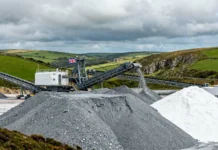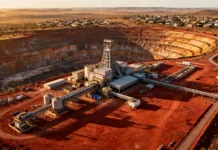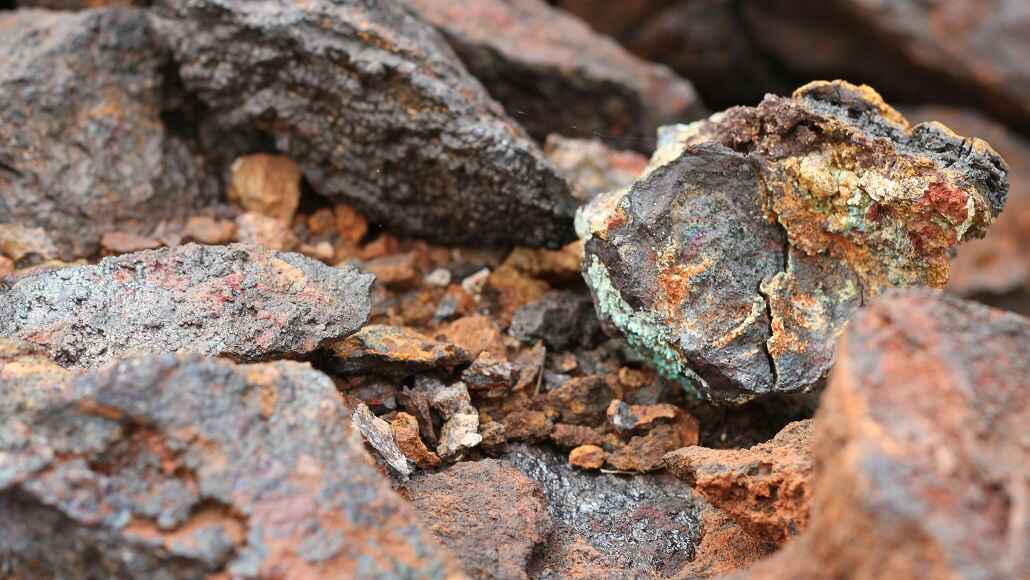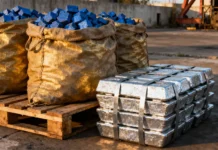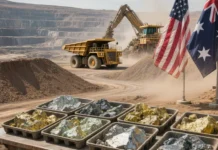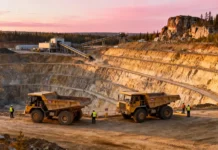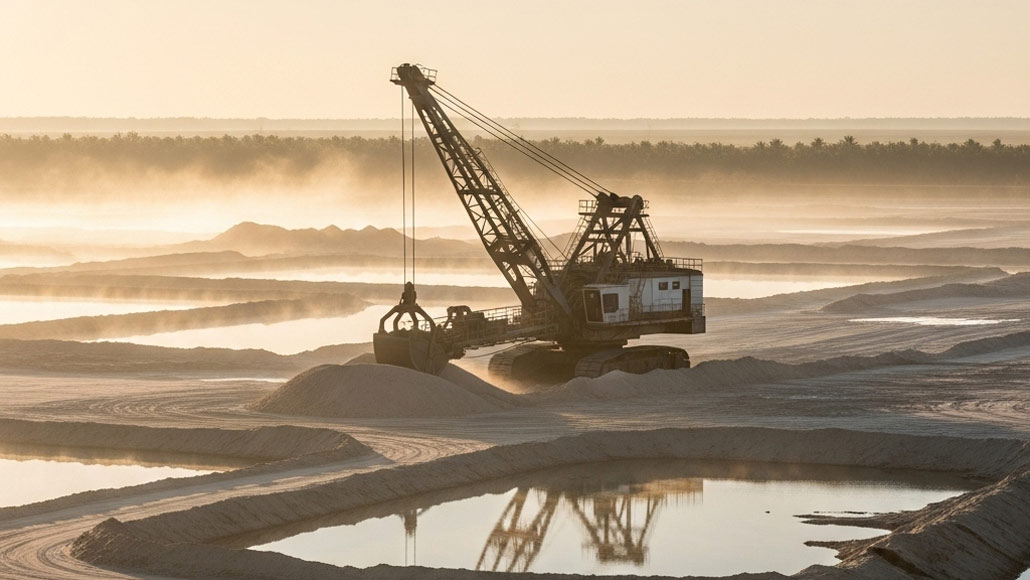We are all aware of the fact that mining provides the raw materials which support an array of industries. Critical minerals as well as metals are used in areas like commercial agriculture and manufacturing, along with infrastructure development. These materials go on to form essential parts of the supply chain for umpteen aspects of our modern economy.
Phosphate also plays a major role in agricultural productivity and food security. It is known to be a key component when it comes to livestock feed, pharmaceuticals, fertilizers, and even detergents. Prioritizing the Florida phosphate production makes the supply chains strong, helps the local economies, and decreases the reliance on foreign sources.
Bone Valley in Florida, which spans parts of Hardee, Manatee, and Hillsborough as well as Polk counties, has quite extensive marine phosphate deposits, which have been formed for over millions of years. The region is regarded to be the largest known source of phosphate in the U.S. and accounts for over 60% of the U.S. production and around 25% of the worldwide supply.
Under the Mineral Leasing Act, the Bureau of Land Management is authorized to lease the federal minerals like phosphate for development as well as extraction. In keeping in line with this responsibility, the BLM recently went on to issue a 40-acre fringe lease pertaining to the Florida phosphate production in subsurface to Mosaic Fertilizer LLC, which happens to be the leading phosphate producer in the U.S.
Post the completion of an environmental evaluation and coordination along with the Florida Department of Environmental Protection, the BLM went on to determine that the lease in any way will not lead to significant impacts to the scenic, cultural, or natural resources of the area. The lease area, which apparently happens to be surrounded by 4,000 acres of privately held mineral estate, which is already getting mined by Mosaic, is going to allow for efficient as well as responsible expansion of the ongoing operations.
According to the state director for BLM Eastern States, Mitch Leverette, BLM employees take enormous pride in their role as stewards of the federal mineral estate of America, and they are pleased to see the positive effects that this project is bound to have on the local economy, while at the same time ensuring a fair return for American taxpayers.
This lease is all set to generate almost $540,000 in terms of royalty payments all across the mining period. Once it is collected, around 50% of these royalties are going to be returned to the State of Florida, where they can also be used to support education and infrastructure as well as other public services like bridges, roads, and schools. The remainder of the portion is directed to the U.S. Treasury, where it will contribute to the numerous federal programs as well as initiatives in order to support land and water conservation and reclamation along with historic preservation.
Apart from this new lease, the partnership of BLM with Mosaic radiates a broader success story in terms of responsible mineral development. Mosaic at present holds numerous federal phosphate leases in many stages of reclamation as well as restoration, by way of covering over 1,000 acres. These areas, apparently some of which are converted into settling ponds, enhanced pasture, or even, for that matter, restored open space, roll out the commitment of the company to post-mining land use.
Due to the surface estate being privately owned, the restoration activities of Mosaic are guided by the terms which are outlined in their lease agreements as well as the regulatory authority of the Florida Department of Environmental Protection. Due to a cooperative collaboration between BLM and the State of Florida, Mosaic is going to meet or even exceed the expectation of the reclamation.
As per the branch chief of Eastern States State Office Energy & Mineral Operations, Christopher Hite, as it connects to mineral development, the role of BLM is to review the applications on a case-by-case basis with the leases only granted post extensive review processes confirming both the viability of the mineral resource along with the suitability of the land for safe and, of course, responsible development.
Interestingly, the approval of this 40-acre fringe lease happens to exemplify how effectively the collaborations strengthen the domestic supply chains and simultaneously serve American citizens’ national interests.




